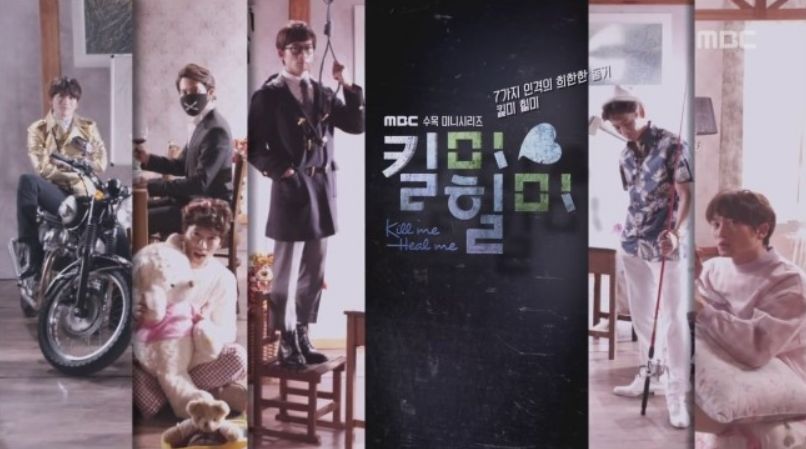Below are examples of the two major interaction patterns of Eko videos: the multi-linear pattern that all perspectives of the story are played simultaneously where viewers could freely switch between them, and the viewers decide pattern where the choices viewers made would lead them to different story outcomes.
In Possibilia, the author had shown all the possible situations in a breakup scene, through placing thumbnails at the bottom of the main frame, from two storylines at first, then gradually increase to a dozen, while sometimes these possibilities would affect each others and being merged. Viewers has the freedom to switch between these scenes at any time, while every scene are keep playing even though it stays as a thumbnail, therefore viewers has to watching the whole film for several times in order to understanding the complete story of the film. This interactive pattern could arouse the viewer’s curiosity of what other fragments about, but could also make them confused as well as feel anxious about what they have missed, eventually close it halfway.
We Need to Talk is a romance comedy that has multiple branches and endings although it is short in duration (~ 3 minutes). There are two moments of choice making (this or that question), emerged as on-screen prompts associated with scenes of the protagonist waiting for decision, that lead to a total of four distinct endings. This film could let viewers curious about what will the ending be if they had made a different choice every time, thus intentionally rewatch for several times. Further, it would present viewers a fascinating experience of letting them being the decision maker of the story flow.
After discussed, we decided to utilize the second pattern since it is simpler and more feasible for our story plan, as well as it is more straightforward for viewers, where we all agreed that a multi-linear story might make viewers get lost as they might get confused about which perspectives they should pay attention to at the moment.
Kill Me, Heal Me
It is a Korean drama in 2015 which the male protagonist is a business heir who suffering in dissociative identity disorder after went through several traumatic events: he had witnessed his childhood friend being abused and locked in the basement by his father, which had caused his empathy, after a fire accident, he had lost part of his memories and thought he was the one who had been abused by his father, at the same time, the first alter ego had been developed to help undertake this memory. Whilst in the story, only one specific alter could remember all the memories of the other alters.

The protagonist’s six alter egos
Since we cannot find any real-life references for the cause of the disorder (most sufferers online refused to talk about it) in detail and the real circumstance of alter transforming, we had come out of our own fictional background story (the character’s parents forced her to inspect surgery operations), also made use of some indications of transforming in drama, including the occurred of headache and lost in memories for other alters.

